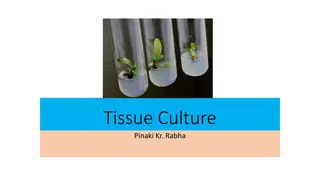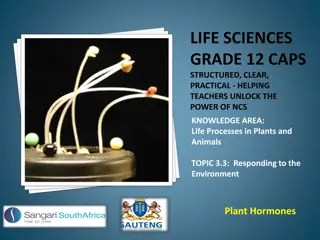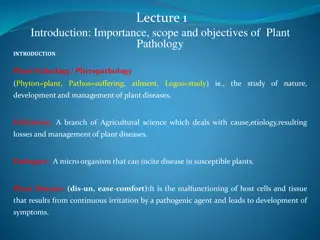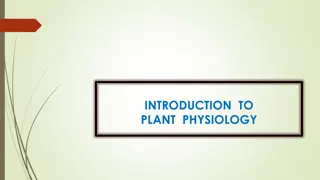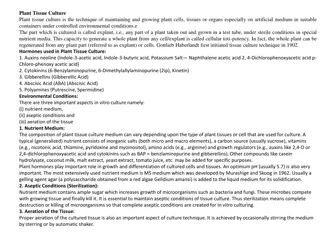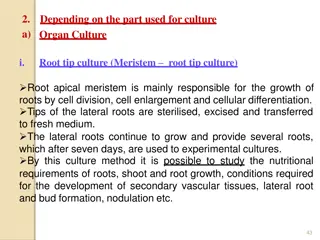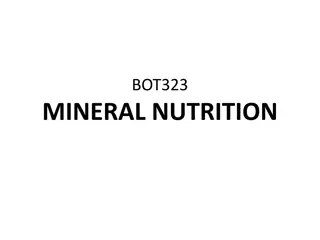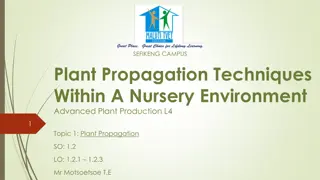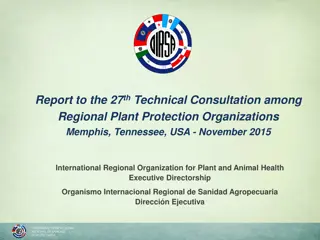When is The Best Time to Plant A Garden
Timing is crucial for a thriving garden. This presentation delves into the best times to plant a garden, considering factors like climate and frost dates. Learn how strategic planning can maximize your garden's potential for a bountiful harvest.
Download Presentation

Please find below an Image/Link to download the presentation.
The content on the website is provided AS IS for your information and personal use only. It may not be sold, licensed, or shared on other websites without obtaining consent from the author.If you encounter any issues during the download, it is possible that the publisher has removed the file from their server.
You are allowed to download the files provided on this website for personal or commercial use, subject to the condition that they are used lawfully. All files are the property of their respective owners.
The content on the website is provided AS IS for your information and personal use only. It may not be sold, licensed, or shared on other websites without obtaining consent from the author.
E N D
Presentation Transcript
When is The Best Time to Plant A Garden? 4 Things to Consider
Introduction Welcome to our presentation on when to plant garden. Gardening is not just a hobby; it's a science. One of the key factors in successful gardening is knowing when to plant. In this presentation, we will explore the different seasons and factors that influence the best time to start your garden, ensuring maximum yield and healthy growth.
4 Things to Consider When Planting Your Garden
Location and Sunlight Choose a spot for your garden that receives adequate sunlight based on the types of plants you want to grow. Most vegetables and flowers require at least 6 hours of direct sunlight daily. Consider factors such as shade from nearby buildings or trees that could affect the sun your garden receives throughout the day.
Soil Quality and Drainage Evaluate your soil quality and drainage. Amend with compost or fertilizer as needed for nutrients. Proper drainage is provided to control waterlogging, which can cause root rot. Raised beds or organic matter can help improve drainage.
Plant Selection and Spacing Select plants served to your climate and growing needs. Consider temperature, humidity, and frost dates. Follow spacing guidelines to avoid overcrowding, hindering growth, and nutrient competition.
Watering and Maintenance Establish a watering schedule based on plant needs, adjusting for weather and soil moisture. Water profoundly, but avoid overwatering. Monitor for pests and diseases, using organic pesticides or crop rotation as needed. Regular weeding and mulching conserve moisture and suppress weeds.
Seasonal Planting Guide
Seasonal Planting seasons Summber Fall Winter Spring Eggplant Peppers Mint Onions Potatoes Squash Tomatoes Beets Carrots Garlic Parsnips Radishes Turnips Eggplant Peppers Tomato Asparagus Broccoli Cabbage Carrots Cauliflower Lettuce Onions What to Plant
Benefits of Seasonal Planting 1 2 3 Optimal Growth Plants thrive in their natural seasons, yielding better growth. Resource Efficiency Less need for artificial inputs like heating and watering conserves resources. Flavor and Nutrition Fresher, tastier produce with higher nutrient levels. 4 5 6 Soil Health Pest Management Planting in season can reduce pest and disease pressures. Biodiversity Seasonal rotation improves soil fertility and structure. Supports diverse plant species and wildlife.
FAQs Q. What month should you start a garden? The best month to start a garden varies by region and plant type. Generally, Spring is ideal when the soil warms up, and frost risk diminishes, but it depends on your local climate and plant preferences. Q. What is the best season to plant a garden? Spring and fall are generally the best seasons for planting, offering optimal conditions for seed germination and root development. However, the ideal season varies based on your local climate and plant selection. Q. What happens if you plant your garden too early? Planting too early risks frost damage, poor germination, and stunted growth due to cold soil temperatures. It also increases susceptibility to diseases and pests. It's essential to wait until the soil warms up and frost risk decreases before planting.
Thank You (518) 782-9365 info@homegrownoutlet.com homegrownoutlet.com






